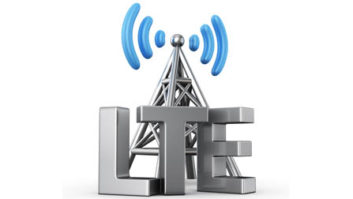This commentary from Radio World newspaper appears on the editorial page, Feb. 11, 2004.
Throughout radio’s first century, every time a competing medium emerged to challenge its vitality as a primary delivery vehicle of information and entertainment, radio fought back by reinventing itself. Radio has always been able to adapt its product to meet the ever-changing needs and tastes of the mass-media consumer.
More infotainment choices and resources than ever vie for the time and attention of every target audience. Radio has been able to protect its turf and remain successful by programming compelling content that advertisers are willing to sponsor. Yet disturbingly, the practice of how advertisers’ messages are packaged within that content has become uncompelling.
Ever since FM out-dueled AM in the early 1980s for music format dominance, programmers have wanted to increase time spent listening to bolster ratings. Extended uninterrupted music blocks have been showcased, while ads get dumped, one after another, into long commercial stop sets once or twice an hour. We’ve counted as many as 12 in a row on some stations. It’s a clock model embraced and followed religiously by the vast majority of PDs.
Is it any wonder radio loses some of its appeal and popularity employing such tactics? Further, advertisers lose. Consumers know that commercials pay the bills and are a fact of life in mass media. But studies have proven that too many ads in a row will trigger listener tune-out.
Typically, PDs consider ads as a necessary evil that must be isolated from the rest of their precious programming, even though advertising makes the business possible. That mind-set is at the heart of the problem. It needs to change.
Ad buyers must sense that if their commercial is deeper than the second or third ad played in a stop set, a huge chunk of the audience has tuned out mentally or has switched channels. The effectiveness of their ad diminishes dramatically. Yet the paradigm persists and advertisers do not challenge it.
Arbitron’s People Meter is just liable to reveal this dirty little secret sooner than many in the industry care to imagine.
There has got to be a better way. Ads that are cleverly written and produced can be powerfully effective and memorable. Witness the popularity of commercials aired during the Super Bowl. Foremost, we need better and more creative copywriting and production talent to attack the malaise of boring and ho-hum ads with fresh and unconventional thinking.
Why is 60 seconds so sacred? With the average consumer’s decreasing attention span, 10- to 15-second zingers and only 30 seconds of innovative copy could well do a better job.
Forward-thinking stations have been experimenting with fewer and shorter ads in three stop sets per hour. If they are done well and deliver better results, their value goes up – along with the justification to price them higher. Less clutter and a better product can yield the same or even higher revenue.
And how about using live-read ads more often, woven into the casual banter of a live DJ rather than prerecorded and buried in a stop set? Spontaneous and personalized live commercials delivered with sincerity are almost always more appealing than the same canned ad heard over and over.
Radio needs to reinvent the way commercials are presented. Otherwise, NCE stations, satellite, Internet and other services that play few or no commercials are sure to erode commercial radio’s base further.
– Radio World











